Embarking on the Lemosho Route to conquer Kilimanjaro is a challenging yet rewarding adventure. This eight-day trek offers climbers a gradual ascent, allowing their bodies to acclimate to the high altitude. As they traverse diverse landscapes, from lush rainforests to the barren alpine zone, they’ll witness the mountain’s awe-inspiring grandeur. Equipped with the right gear and an experienced crew, climbers can focus on the physical and mental demands of the journey, increasing their chances of reaching the coveted summit. However, the true test lies in navigating the final push to the top, where the triumph of achievement awaits those who persevere.
Key Points
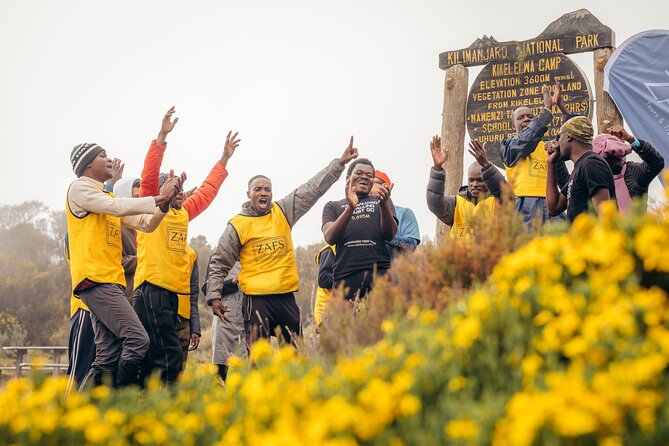
- The Lemosho Route on Kilimanjaro is a longer, more scenic 8-day trek that offers a gradual ascent and increased time for acclimatization.
- Proper layering with base, mid, and insulated outer layers, as well as sturdy hiking boots, are essential for the varying temperatures and weather conditions.
- The trek features several acclimatization days with ascent and descent, allowing the body to adjust to the high altitude and minimize the risk of altitude sickness.
- Meals on the trek include a variety of nutritious and carbohydrate-rich foods, and dietary requirements can be accommodated with advance notice.
- The trek is led by an experienced team of guides, porters, and support staff who ensure the safe and comfortable passage of climbers through the challenging terrain.
Route Overview
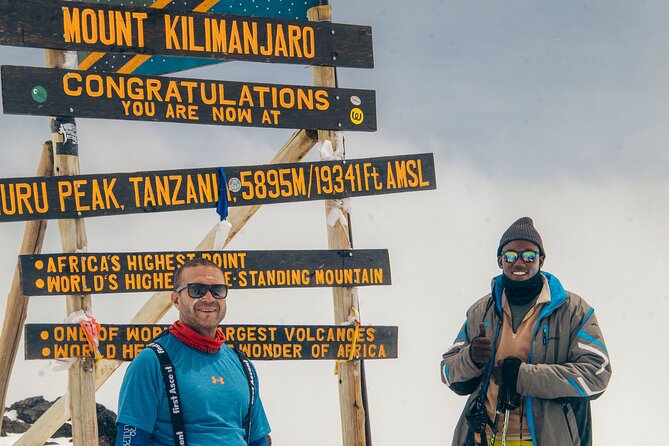
The Lemosho Route on Kilimanjaro is a longer and more scenic route that climbs the mountain from the western side. It typically takes 8 days to complete the hike, offering trekkers a more gradual ascent and increased time for acclimatization compared to some of the faster routes.
Starting at the Lemosho Glades, the trail passes through diverse landscapes, including lush rainforests, moorland, and alpine meadows, before reaching the Shira Plateau. From there, it joins the Machame Route, allowing climbers to take in the stunning views of Kilimanjaro’s iconic peak.
The Lemosho Route is considered one of the most beautiful and rewarding ways to summit the highest mountain in Africa.
You can also read our reviews of more tours and experiences in Moshi.
Packing Essentials
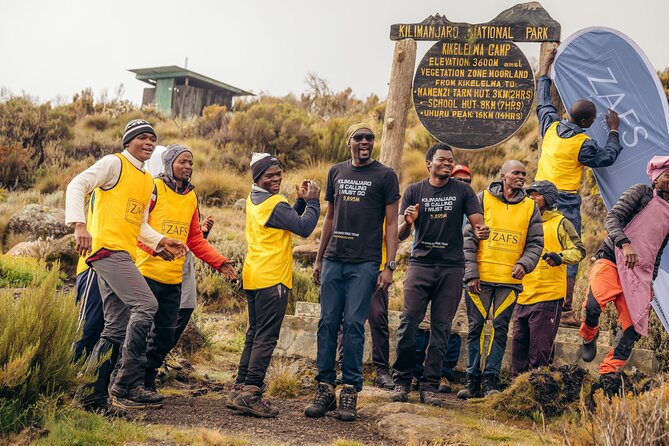
When preparing for the Lemosho Route on Kilimanjaro, climbers must carefully pack the essential gear to ensure a successful and comfortable trek.
Proper layering is crucial, as temperatures can vary significantly throughout the different altitudes and landscapes encountered during the 8-day hike. Base layers should include thermal underwear, while mid-layers like fleece jackets and pants will help regulate body temperature. An insulated, waterproof outer shell is essential to protect against wind and precipitation.
Sturdy, broken-in hiking boots with good traction are a must, paired with thick, moisture-wicking socks. Other essential items include a warm hat, gloves, sunglasses, sunscreen, lip balm, and a water bottle or hydration system. Trekking poles can also be helpful for stability and reducing strain on the knees during the ascent and descent.
Acclimatization Strategies
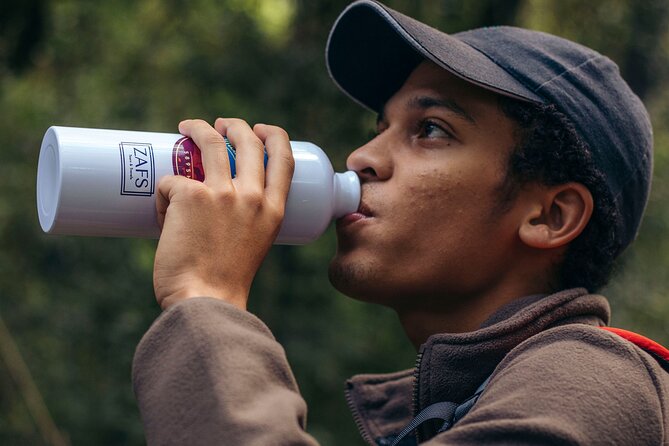
Successful acclimatization is crucial for climbers attempting the Lemosho Route on Kilimanjaro, as the high altitude can pose significant health risks if not properly managed.
Gradually increasing elevation over the 8-day trek allows the body to adjust to the decreasing oxygen levels, minimizing the potential for altitude sickness and other altitude-related complications.
The trek features several acclimatization days, where climbers ascend to higher elevations during the day and then descend to sleep at lower altitudes, allowing the body to acclimate more effectively.
Proper hydration, a balanced diet, and taking it slow are also essential strategies. By following these acclimatization guidelines, climbers can increase their chances of reaching the summit safely and successfully.
Dining and Cuisine
Nourishment on the Kilimanjaro trek is a highlight, as the skilled chefs craft wholesome, hearty meals that fuel climbers’ ascent.
Breakfast typically includes a spread of porridge, eggs, breads, and fresh fruit, while lunch and dinner feature a rotation of soups, stews, grilled meats, and vegetable dishes, complemented by carbohydrate-rich sides like rice, potatoes, or ugali.
Dietary requirements, such as vegetarian or gluten-free, are accommodated with advance notice. Snacks and hot beverages are available throughout the day to keep energy levels high.
The diverse, nutritious menu ensures climbers are well-fueled for the physically demanding trek, with flavors that reflect the local Tanzanian cuisine.
Camping Arrangements
Throughout the 8-day Lemosho Route, climbers are accommodated in private tents set up by the experienced mountain crew. These tents provide a comfortable, secure shelter from the elements as trekkers ascend Kilimanjaro.
The dining tent, also provided, serves as a communal space for meals and rest.
The camping arrangements on the Lemosho Route offer:
- Cozy, weatherproof shelter from the cold and wind
- A sense of camaraderie as climbers gather in the dining tent
- Peace of mind knowing the logistics are taken care of by the expert team
- The ability to recharge and rejuvenate for the next day’s challenge
These well-appointed camping accommodations enable climbers to focus on the demanding trek without having to worry about their basic needs.
Crew Composition
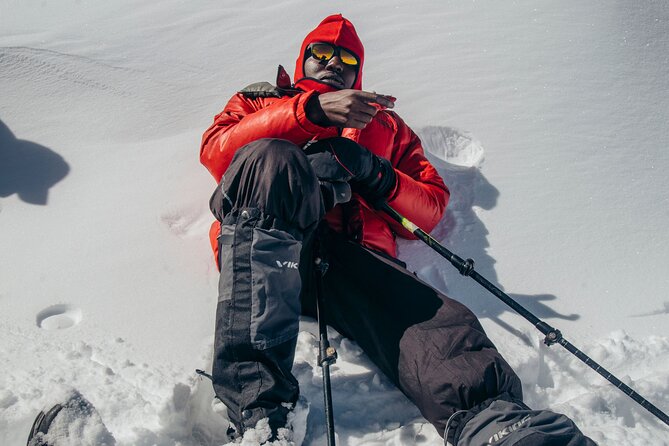
The Kilimanjaro climb is led by an experienced team of guides, porters, and support staff who ensure the safe and comfortable passage of climbers through the challenging terrain.
Each group is accompanied by a lead guide, who’s responsible for navigating the route and monitoring the group’s well-being. Supporting the lead guide are assistant guides, who provide additional supervision and assistance.
Porters play a crucial role, carrying the bulk of the camping equipment and supplies, allowing climbers to focus on the physical demands of the ascent.
A camp crew, including a chef and waiter, is also present to prepare meals and maintain the campsite, ensuring climbers are well-fed and rested throughout the journey.
Health and Safety
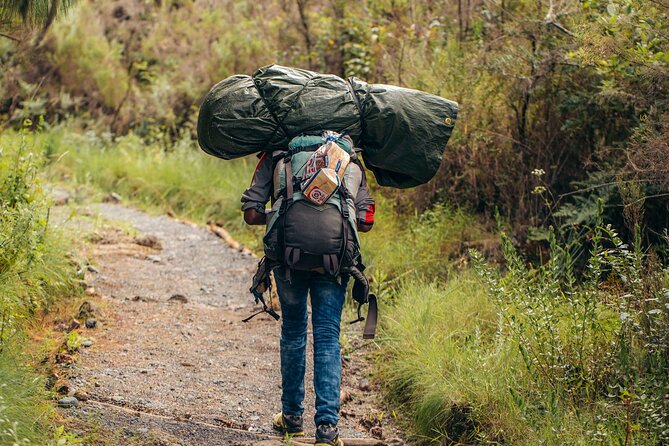
For the safety of climbers, Kilimanjaro expedition organizers take extensive precautions. They provide comprehensive medical kits and ensure all guides are trained in first aid to promptly address any health concerns that may arise during the ascent. Climbers must also obtain the necessary travel and medical insurance coverage before embarking on the trek.
Climbing Kilimanjaro requires a significant level of physical fitness, as the high altitude and strenuous terrain can pose serious health risks, including:
- Altitude sickness, which can lead to life-threatening conditions if not properly managed
- Dehydration and fatigue, which can compromise the body’s ability to cope with the demands of the climb
- Extreme weather conditions, such as freezing temperatures and snowstorms, which can cause hypothermia and frostbite
- Muscle strains and joint pain, which can hinder progress and increase the risk of injury
Memorable Moments
Climbing Kilimanjaro through the Lemosho Route offers trekkers a wealth of unforgettable experiences, from awe-inspiring vistas to moments of personal triumph.
As you ascend through the diverse landscapes, you’ll be treated to panoramic views of the snow-capped summit, surrounded by the lush, rolling hills of the mountain’s lower slopes.
The sense of achievement when you finally reach Uhuru Peak, the highest point of Kilimanjaro, is both humbling and exhilarating.
Along the way, you’ll bond with your fellow climbers, sharing stories and encouragement as you push your limits. These shared memories will last a lifetime, making the Lemosho Route a truly memorable adventure.
Frequently Asked Questions
What Is the Average Group Size for This Tour?
The average group size for this private tour is not specified. However, the listing notes that only your group will participate, indicating it is a private tour without a set group size.
Can I Book This Tour for a Solo Traveler?
Yes, this tour can accommodate solo travelers. The tour operator offers private tours where only your group will participate, making it suitable for solo hikers who want a personalized climbing experience on Kilimanjaro.
Do You Offer Any Discounts or Promotions?
Yes, the tour company offers occasional discounts and promotions for solo travelers. They recommend checking their website or contacting them directly to inquire about any current offers that may be applicable to your booking.
Can I Customize the Itinerary to Meet My Specific Needs?
The tour operator generally allows customers to customize their itinerary to meet their specific needs. They’ll work with you to adjust the route, duration, and included services to fit your preferences and abilities.
What Is the Cancellation and Refund Policy for This Tour?
The cancellation and refund policy allows full refunds for cancellations made 60 days or more before the start date, 50% refunds for cancellations 30-59 days prior, and no refunds for cancellations less than 30 days out.
Recap
Ascending Kilimanjaro via the Lemosho Route offers a captivating journey. The gradual 8-day trek allows for proper acclimatization, minimizing altitude sickness risks.
Climbers will traverse diverse landscapes, from lush rainforests to awe-inspiring alpine meadows, culminating in the iconic view of Kilimanjaro’s peak.
With the right gear, balanced diet, and experienced crew, this challenging yet rewarding trek increases the chances of reaching the summit successfully.
More Tour Reviews in Moshi
- Private Tour to Materuni Waterfalls, Coffee Tour, Kikuletwa Hot Springs & Maasai
- 7-day Best of Tanzania Lodge Safari
- 4 Days Wildlife Tanzania Adventure
- Affordable Short Tanzania Safari (2 Days Camping Safari)
- 6 Days Mount Kilimanjaro Climbing via Rongai Route
- 8 Days Tanzania Adventure Tented Camps Safari
Not for you? Here's more things to do in Moshi we have recnetly reviewed
- 7 Best 3 Day Tours In Moshi
- 14 Best 4 Day Tours In Moshi
- 2 Best Private Car With Driver Services In Livingstone
- 4 Best Private Car With Driver Services In Moshi
- 15 Best Coffee Tours And Tastings In Moshi
- Marangu Route 6 Days 5 Nights/Kilimanjaro Climb
- Private 5-Days Serengeti Trails With Kojuu Safaris
- Full Day Private Safari – Tarangire National Park
- 9 Days 8 Nights Walking Safari
- Mt Kilimanjaro Climbing; 6 Days Machame Route
- Kilimanjaro Climb – 6 Days Marangu Route
- 5 Days African Safaris
